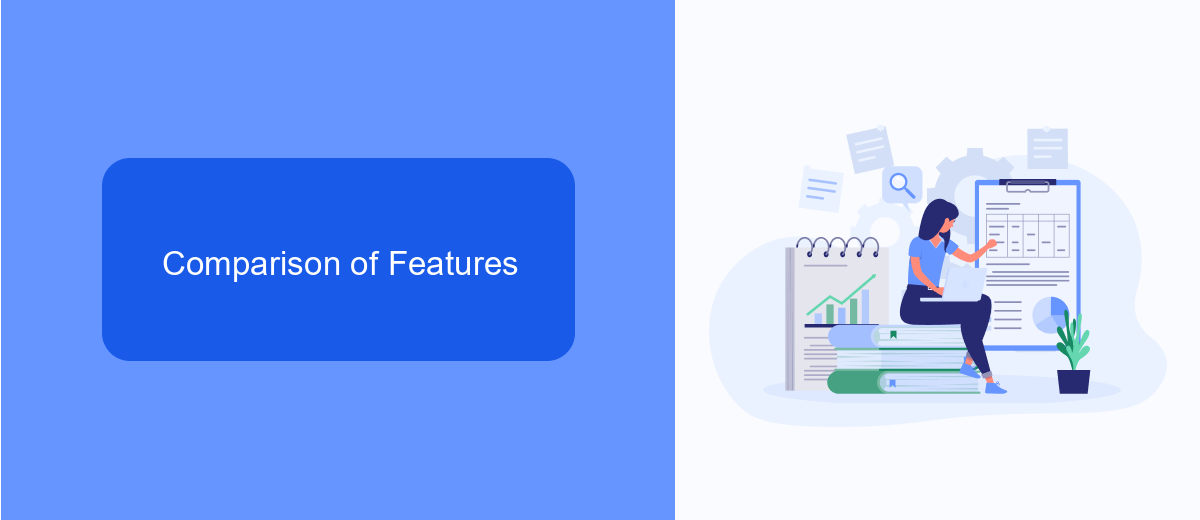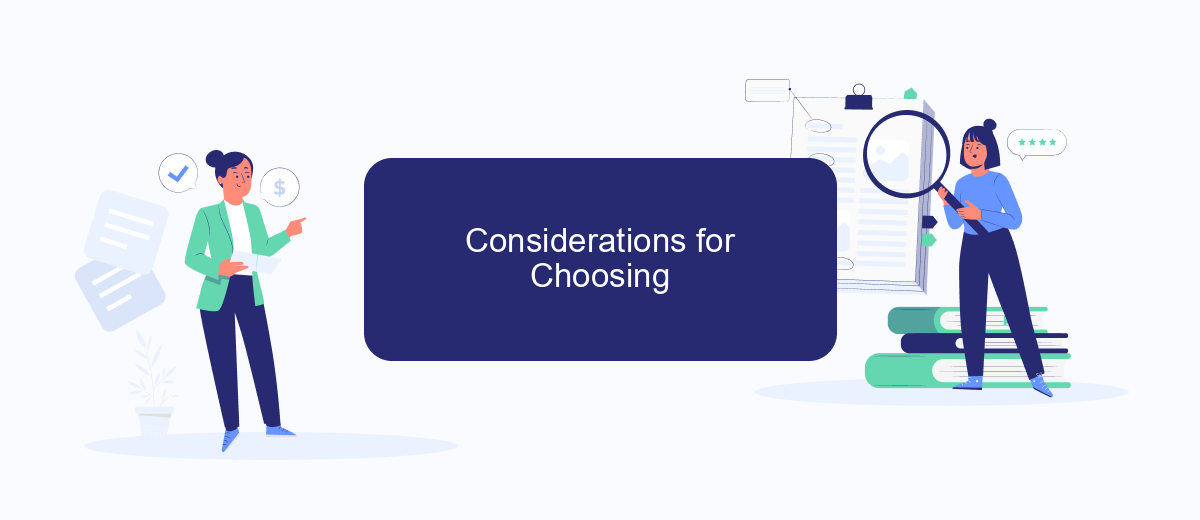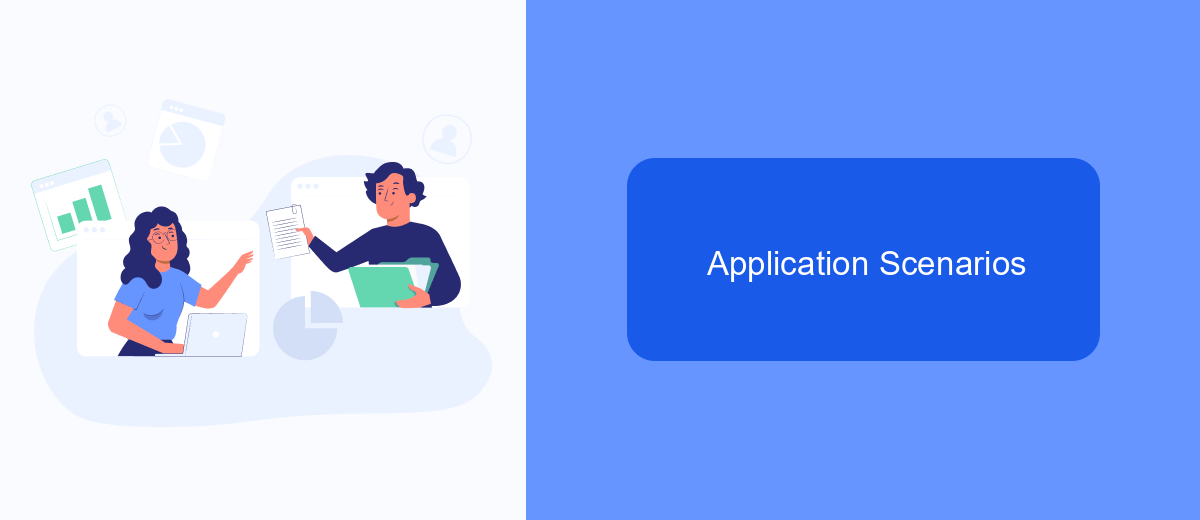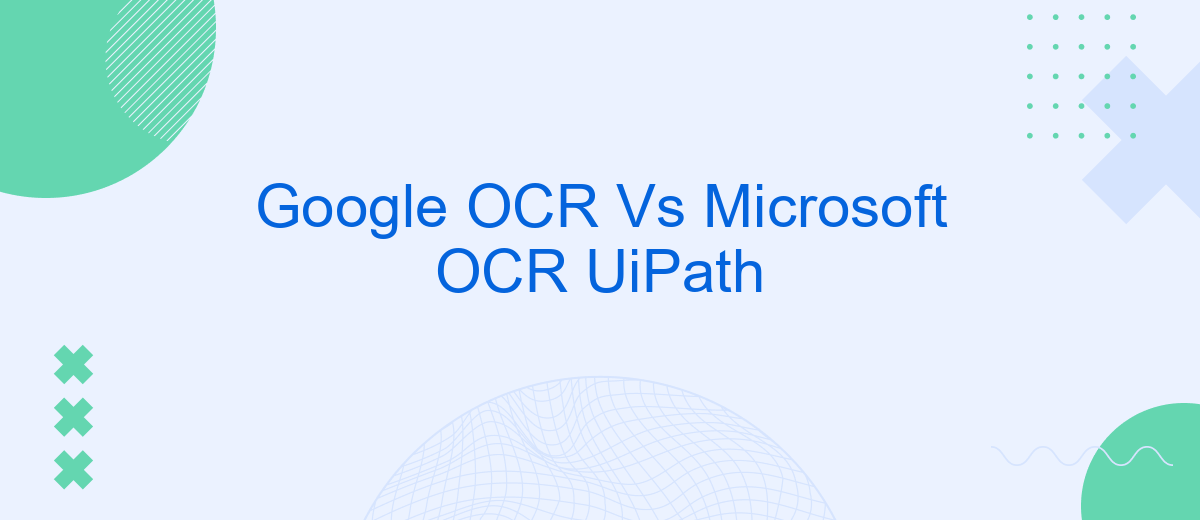In the rapidly evolving landscape of digital automation, Optical Character Recognition (OCR) technology plays a pivotal role. This article delves into a comparative analysis of Google OCR and Microsoft OCR within the UiPath ecosystem. By examining their capabilities, accuracy, and integration ease, we aim to provide a clear understanding of which solution better meets the diverse needs of businesses leveraging UiPath for automation.
Introduction
In the rapidly evolving field of Optical Character Recognition (OCR), two giants, Google and Microsoft, have emerged as leaders. Both offer powerful OCR tools integrated into UiPath, a popular robotic process automation (RPA) platform. The choice between Google OCR and Microsoft OCR can significantly impact the efficiency and accuracy of automated processes.
- Google OCR: Known for its high accuracy and ability to handle various languages and complex documents.
- Microsoft OCR: Offers robust integration with other Microsoft products and services, making it a versatile option for businesses already using the Microsoft ecosystem.
Understanding the strengths and limitations of each OCR solution is crucial for businesses looking to optimize their document processing workflows. Additionally, services like SaveMyLeads can streamline the integration process, making it easier to connect OCR tools with other business applications. By leveraging these technologies, companies can achieve higher productivity and better data accuracy.
Comparison of Features

When comparing Google OCR and Microsoft OCR within UiPath, several key features stand out. Google OCR, powered by Google Cloud Vision, excels in recognizing a wide range of languages and complex document layouts. It offers robust capabilities in detecting handwriting and extracting text from images with intricate backgrounds. Additionally, Google OCR is known for its high accuracy and speed, making it a reliable choice for businesses that require efficient text extraction processes.
On the other hand, Microsoft OCR, integrated with Azure Cognitive Services, provides strong support for structured documents and forms. It is particularly effective in extracting text from scanned documents and PDFs. Microsoft OCR also offers seamless integration with other Microsoft products, enhancing its utility for organizations already utilizing the Microsoft ecosystem. For businesses looking to streamline their OCR processes with automation tools, services like SaveMyLeads can facilitate the integration of OCR technologies with various applications, ensuring a smooth and efficient workflow.
Considerations for Choosing

When choosing between Google OCR and Microsoft OCR for UiPath, several key factors should be considered to ensure optimal performance and integration with your existing systems. Both solutions offer robust capabilities, but the best choice depends on your specific needs and constraints.
- Accuracy and Language Support: Evaluate the accuracy of text recognition and the range of languages supported by each OCR solution. Google OCR is known for its extensive language support, while Microsoft OCR also provides reliable accuracy for a wide range of languages.
- Integration and Compatibility: Assess how easily each OCR service integrates with UiPath and other tools you are using. Tools like SaveMyLeads can facilitate seamless integration, helping to streamline workflows and automate data transfer between platforms.
- Cost and Licensing: Consider the cost implications and licensing models of both OCR services. Google OCR typically operates on a pay-as-you-go model, while Microsoft OCR may offer different pricing tiers based on usage and features.
- Performance and Speed: Analyze the performance metrics, such as processing speed and reliability, especially for large-scale document processing tasks.
Ultimately, the decision should be based on a comprehensive evaluation of these factors in the context of your organization's specific requirements. Conducting a pilot test with both services can provide valuable insights and help in making an informed choice.
Application Scenarios

When it comes to choosing between Google OCR and Microsoft OCR in UiPath, the application scenarios can vary widely based on specific business needs. Both OCR technologies excel in different areas, making them suitable for distinct use cases.
Google OCR is known for its robust capabilities in recognizing text in diverse languages and complex document layouts. This makes it ideal for multinational corporations or businesses dealing with a variety of document formats. On the other hand, Microsoft OCR is highly integrated with other Microsoft services, making it a go-to option for enterprises already utilizing the Microsoft ecosystem.
- Document digitization for archiving and retrieval
- Automated data entry from scanned forms
- Invoice processing and validation
- Text extraction from images for analytics
For businesses looking to streamline their workflows further, integrating OCR capabilities with automation tools like SaveMyLeads can be highly beneficial. SaveMyLeads allows seamless integration with various platforms, enhancing the efficiency of OCR processes by automating lead data capture and transfer.
Conclusion
In conclusion, both Google OCR and Microsoft OCR offer robust solutions for text recognition within UiPath automation workflows. Google OCR is known for its high accuracy and extensive language support, making it ideal for projects requiring precise text extraction from diverse document types. On the other hand, Microsoft OCR stands out with its seamless integration into the Microsoft ecosystem, providing a user-friendly experience for those already utilizing Microsoft products and services.
Choosing between these two OCR services largely depends on the specific needs of your project and existing infrastructure. For organizations looking to streamline their integration processes, tools like SaveMyLeads can be invaluable. SaveMyLeads simplifies the automation of data flow between various platforms, ensuring that your OCR solutions work efficiently within your broader automation strategy. Ultimately, the right choice will depend on your specific requirements, but either service can significantly enhance your UiPath automation capabilities.
- Automate the work with leads from the Facebook advertising account
- Empower with integrations and instant transfer of leads
- Don't spend money on developers or integrators
- Save time by automating routine tasks
FAQ
What are the key differences between Google OCR and Microsoft OCR in UiPath?
Which OCR engine is more accurate for handwritten text?
Can I use both Google OCR and Microsoft OCR in a single UiPath project?
How do I integrate Google OCR and Microsoft OCR with UiPath?
Which OCR engine is more cost-effective for large-scale operations?
Use the SaveMyLeads service to improve the speed and quality of your Facebook lead processing. You do not need to regularly check the advertising account and download the CSV file. Get leads quickly and in a convenient format. Using the SML online connector, you can set up automatic transfer of leads from Facebook to various services: CRM systems, instant messengers, task managers, email services, etc. Automate the data transfer process, save time and improve customer service.

